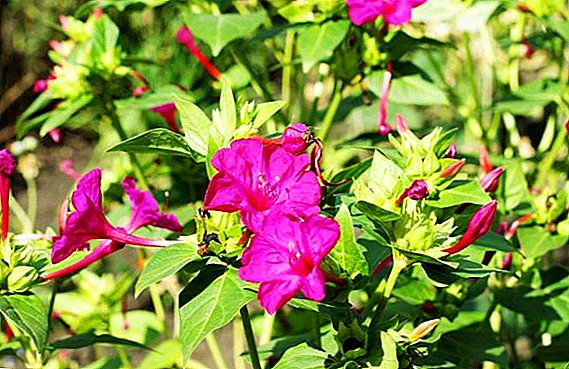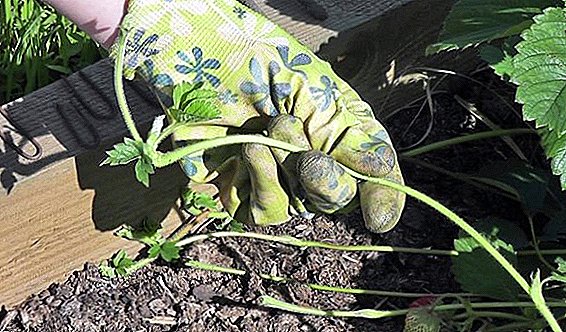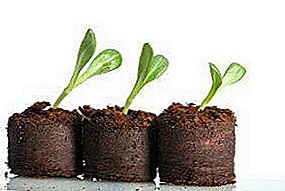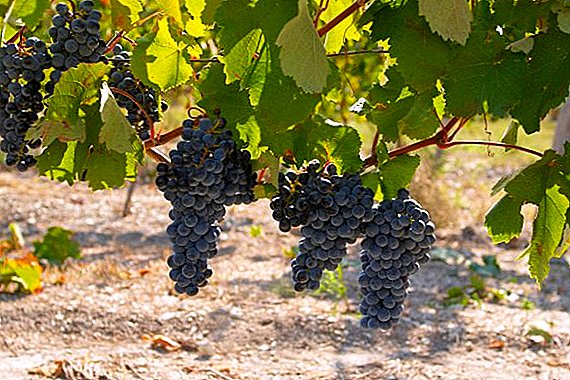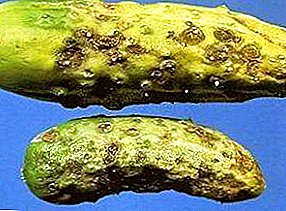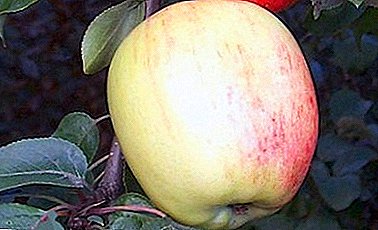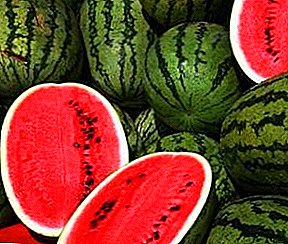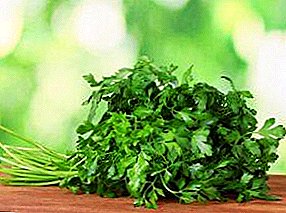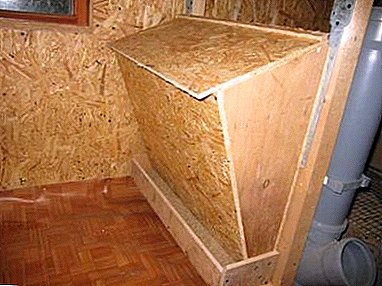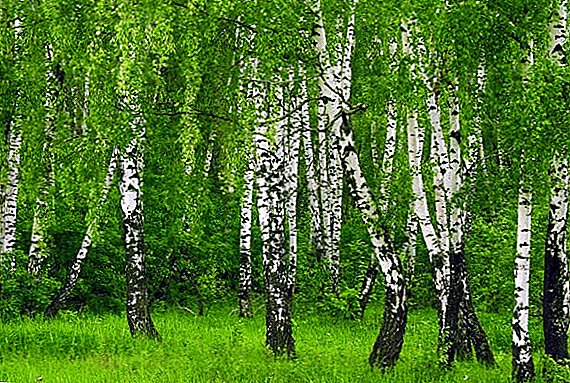 Birches are an integral part of Russian culture, in some way they can even be called one of its symbols. Knowing this, every summer resident will be pleased to decorate his plot with the help of this tree, joining the Russian color. However, birch is a tree with pronounced polymorphism, in simple words, with a great variety of different forms and types. This article aims to introduce you to the most suitable trees for this landscape design.
Birches are an integral part of Russian culture, in some way they can even be called one of its symbols. Knowing this, every summer resident will be pleased to decorate his plot with the help of this tree, joining the Russian color. However, birch is a tree with pronounced polymorphism, in simple words, with a great variety of different forms and types. This article aims to introduce you to the most suitable trees for this landscape design.
Warty (hung)
Wart birch is the most common of all species of this tree. It is able to grow to sizes of 25-30 meters and has a trunk circumference of up to 85 cm.  The growing habitat of birch is quite wide and includes the whole territory of Europe, North Africa and Asia. The greatest number of them can be found on the territory limited on the one hand by Kazakhstan, and on the other - by the Ural Mountains.
The growing habitat of birch is quite wide and includes the whole territory of Europe, North Africa and Asia. The greatest number of them can be found on the territory limited on the one hand by Kazakhstan, and on the other - by the Ural Mountains.
This variety has good frost resistance, easily copes with a dry climate, but shows an increased need for sunlight.
Did you know? In the spring, more than one bucket of birch sap can be extracted from one medium-sized birch per day.
Young trees of this species have brown bark color, which, when they reach the age of ten, changes to traditional white. The lower part of mature trees eventually becomes black and is covered with a network of deep cracks.  Each branch of birch is covered with a large number of resinous growths, which are similar in appearance to warts, and the name of this tree actually comes from here. And she found the name “hanging” due to the property of the branches of young trees to hang down.
Each branch of birch is covered with a large number of resinous growths, which are similar in appearance to warts, and the name of this tree actually comes from here. And she found the name “hanging” due to the property of the branches of young trees to hang down.
Paper
The tree looks like a birch tree.
You can also decorate your plot with the help of trees such as hornbeam, Japanese maple, pyramidal poplar, pine, elm, red maple, ash, willow.This deciduous tree, whose height on average is about 20 m (sometimes up to 35 m) and the trunk, whose diameter leaves up to 1 m. Natural habitat is limited to North America.
Sufficiently large tree plantations can be found in Western Europe. On the territory of Russia it is found mainly in various parks, botanical gardens and forest stations. The name got its due to the fact that the ancient Indians used its bark as a written material.  The crown is irregularly cylindrical in shape, the branches are rather thin and long.
The crown is irregularly cylindrical in shape, the branches are rather thin and long.
In specimens whose age has not crossed the five-year boundary, the bark is brown with white lentils. Adult individuals have a white bark, sometimes with a pinkish tinge, completely covered with fairly long brown or yellowish lentils, and flaked off by horizontal plates.
Young branches bear down on themselves and rarely placed resinous glands of light brown or greenish hue. Over time, the branches become dark brown, shiny color and lose pubescence.
Cherry
This type of plant got its name due to the color of its bark, which has a dark brown, almost cherry shade. This tree can grow up to 20-25 m in height and has a trunk girth up to 60 cm.  The natural habitat area is limited to North America and Eastern European countries: the Baltics, the central part of Russia, and Belarus.
The natural habitat area is limited to North America and Eastern European countries: the Baltics, the central part of Russia, and Belarus.
Did you know? These trees have an excellent ability to clean the air from various unpleasant odors and impurities. That is why they are often used to create barrier lines on highways.
The bark contains a large number of irregularities and rassechin rather large sizes. In young trees, the bark has a rather pleasant aroma and a tart, spicy taste. Young shoots slightly pubescent, but with age they become bare and acquire a brown-red tint.
It is noteworthy that the buds of this species of trees, as well as the bark, bear a red-brown color.
Daurskaya (black)
Dahurian birch has exceptional demands on the soil, therefore the presence of this tree on the site is an indicator of the exceptional quality of the soil. Prefers for its growth loamy soil and sandy loam.  The height of this plant varies from 6 to 18 m, and the trunk girth can reach up to 60 cm. The range of natural growth is quite wide and includes the southern part of Siberia, Mongolia, the Far East of Russia, some regions of China, Japan and Korea.
The height of this plant varies from 6 to 18 m, and the trunk girth can reach up to 60 cm. The range of natural growth is quite wide and includes the southern part of Siberia, Mongolia, the Far East of Russia, some regions of China, Japan and Korea.
The trunk of the tree is straight, the specimens growing in the southern parts of the world have branches that rise at an acute angle. Trees that grow in northern latitudes have a more spreading crown.
Dyuk, juniper, some grapes and pears, Persian lilac are also well grown in northern latitudes.The bark of adult trees has a brown-black or dark gray color, dotted with a large number of longitudinal cracks, very layered and silky to the touch. Juveniles have branches of reddish, pink or light brown color. The branches are abundantly dotted with white lentils.
Yellow (American)
Yellow birch has some peculiarities, the main of which is that two different species of this tree are called so at once, one of which is found in Asia, and the other mainly in North America. This section deals with the second.  Plant height is about 18-24 m, trunk girth can reach up to 1 m. In the wild, it is found on the territory of North America, in the largest quantities in its southern parts.
Plant height is about 18-24 m, trunk girth can reach up to 1 m. In the wild, it is found on the territory of North America, in the largest quantities in its southern parts.
Important! This type of birch, unlike all others, blooms in late spring, which is an excellent way to help diversify your site compared to other trees.
This species is distinguished by high shade tolerance; it prefers river banks and wetlands for its growth. It has a brilliant bark of golden or yellowish-gray color, which lends itself very well to flaking, densely covered with longitudinal cracks of white color.
The root is quite superficial, widely branched. Young shoots are gray in color, on reaching the age of one year old they form white lentils on their surface.
Small-leaved
This type of tree has a rather small leaf size, only 1.5-3 cm long, rhombic-ovoid or obovate. In addition, it is quite small in size compared with other members of its family, only 4-5 m.  The trunk circumference rarely exceeds 35-40 cm. The habitat of the species is limited to Western Siberia and the northern part of Mongolia.
The trunk circumference rarely exceeds 35-40 cm. The habitat of the species is limited to Western Siberia and the northern part of Mongolia.
The bark is yellow-gray in color, sometimes with a pinkish sheen, speckled with a large number of longitudinal stripes of black or brown color. Young branches abundantly littered with resinous wart-like growths and heavily pubescent, brown-gray tint.
Fluffy
Downy birch was previously also called white, but since this name is often applied to hung birch, it is now proposed to move away from this name in order to avoid confusion. The height is about 30 m, and the diameter of the trunk reaches 80 cm.
This tree can be found throughout the western part of Russia, Eastern and Western Siberia, the Caucasus Mountains and almost the entire territory of Europe.  The bark of the young representatives of the plant has a brown-brown color, which changes to white after eight years of age. Often young individuals are confused with different types of alder.
The bark of the young representatives of the plant has a brown-brown color, which changes to white after eight years of age. Often young individuals are confused with different types of alder.
In adult trees, the bark has a white tint almost to the very base of the trunk; it has no cracks and irregularities, with the exception of small segments near the ground itself. Young shoots are densely covered with downy, smooth.
The branches are not prone to wilting. Crohn at a young age rather narrow, but with age becomes sprawling.
Ribbed (Far Eastern)
This species of birch is sometimes also mistakenly called yellow. This tree is found in mountain forests, where its number can reach up to 60% of the total number of plants. It can reach a height of 30 m with a girth of the trunk, reaching up to 1 m.  The natural habitat for it is the Korean Peninsula, China and the Far East of Russia.
The natural habitat for it is the Korean Peninsula, China and the Far East of Russia.
The bark has a light yellow, yellow-gray or yellow-brown shade, shiny, can be smooth or slightly flaky. On very old specimens you can see areas of strong detachment. Young shoots have a short down.
Branches are brown, often bare, and occasionally contain resin glands on their surface of small size.
Woolly
The tree has the greatest prevalence in the eastern regions of Russia - Yakutia, Khabarovsk, the Irkutsk Region and Primorsky Krai. The height of the species varies from 3 to 15 m, and in the subalpine zone you can find this plant in the form of a shrub.
You will be interested to learn more about such shrubs as stefanandra, santolina, euonymus, calmia, camellia, rhododendron, spirea, irga, wild velvet, bladder, honeysuckle, Chubushnik, goofIf these trees are planted densely, then their branches are often located straight, and if they grow in open areas, they form a thick spreading crown.
 Young branches are speckled with a large number of glands and pubescent with hairs of two types: the first are very short, velvety to the touch, thick and have a reddish color, and the second are rather large, rarely located, white.
Young branches are speckled with a large number of glands and pubescent with hairs of two types: the first are very short, velvety to the touch, thick and have a reddish color, and the second are rather large, rarely located, white.Schmidt (iron)
This species of birch is named after the Russian botanist Fyodor Schmidt, who first discovered these trees. Iron birch has characteristic features, one of which is that this plant is a long-liver, capable of surviving up to the age of 300-350 years.
The height of the trees reaches about 35 m with a trunk diameter of 80 cm. In the wild, they can be found in Japan, China and in the south of Primorsky Krai Russia.
The bark of the tree has a tendency to flaking and flaking, color - beige or grayish-cream. Young trees are brown in color.  The bark of young branches is dark cherry color, which eventually turns into purple-brown. Sometimes branches contain a small amount of resinous glands.
The bark of young branches is dark cherry color, which eventually turns into purple-brown. Sometimes branches contain a small amount of resinous glands.
Important! This type of birch is especially known for its pollen-bearing properties, therefore it is recommended for planting close to apiaries.We hope that after getting acquainted with this list of the most popular types of birch trees, you came to an unequivocal conclusion about which of these types would best serve to decorate your site. Good luck to you and your garden!


